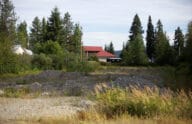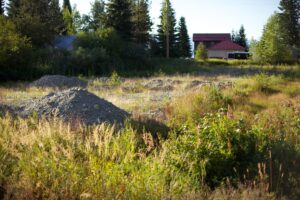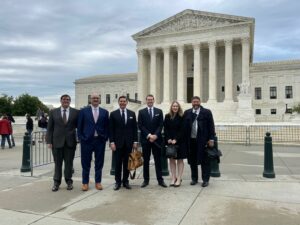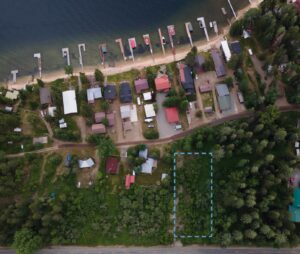Here’s how big the Sackett victory is
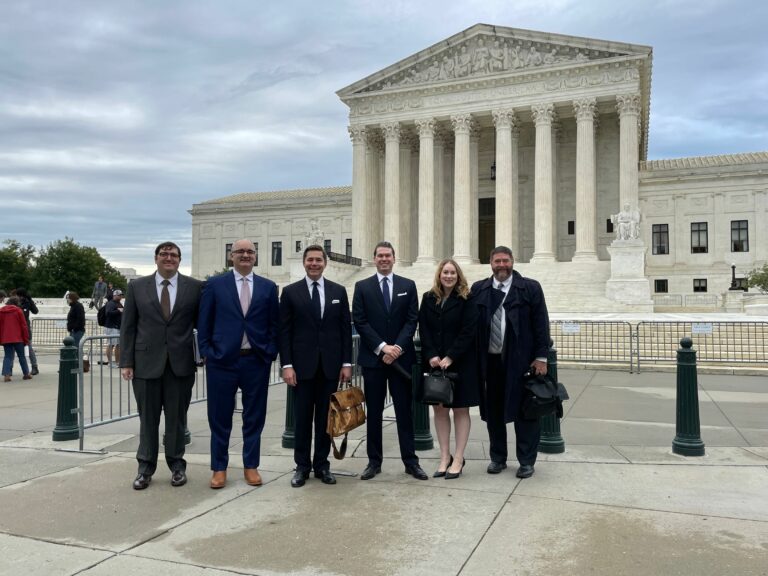
With the Sackett v. EPA decision on May 25, the Supreme Court restored proper limits on the federal government’s Clean Water Act powers. For decades, the Environmental Protection Agency and Army Corps of Engineers stretched the definition of “navigable waters” to include semi-soggy parcels of residential land, like Chantell and Mike Sackett’s half-acre plot near Priest Lake, Idaho. Americans trying to build a home, plow a field, or work in their own backyard could be hit with criminal penalties and fines that can reach the millions. Now, thanks to Sackett, federal authorities can’t claim Clean Water Act jurisdiction over land like the Sacketts’.
Here’s what other people are saying about the decision:
The Wall Street Journal editorial board called Sackett a “landmark decision pruning back an overgrown administrative state” and said the Sacketts’ victory “is a triumph for the liberty of every American.”
National Review said it “continues a welcome trend of requiring that statutes have fixed definitions that do not allow for ambiguity at the outer margins—ambiguity that prosecutors and administrative agencies, such as the Environmental Protection Agency, exploit in order to concoct crimes that Congress has not codified and to extend regulatory reach to places and activities jurisdiction over which Congress never vested in bureaucrats.”
At The Volokh Conspiracy, Jonathan Adler, law professor at Case Western Reserve University, said the Sackett decision “is quite significant, particularly for federal control of land use. Under this decision, it will be significantly more difficult for the EPA or Army Corps of Engineers to assert federal regulatory authority over private land under the CWA. Landowners like the Sacketts will thus be able to make use of and develop their lands without worrying so much about federal regulators.”
Attorneys at Jones Day suggested the decision is “part of a recent trend of Supreme Court decisions such as West Virginia v. EPA that have declined to defer to agencies’ broad interpretations of statutes, instead employing de novo textual analysis. The decision again confirms the Court’s skepticism of allowing agencies to use vague statutory terms to create sweeping regulatory schemes that displace traditional state authority without clear congressional authorization.”
Writing in the Washington Examiner, Adam Carrington, professor of politics at Hillsdale College, called Sackett “a victory for the rule of law and federalism.”
The National Association of Realtors said they “appreciate the clarity provided by the Sackett ruling, which helps property owners utilize their land to the fullest extent possible. This ruling has lifted a burden from homebuilders across the country, reinforcing that the government should not create excessive barriers in the homebuilding sector, especially when the United States currently has a housing shortage of 5.5 million units.”
At Bloomberg Law, attorney Steven Burns called it “the strictest limit on regulatory authority under the wetland program the court has ever established. The result is that more areas of the US may be developed without what amounts to a federal land use permit. Time will tell how much land will be affected.”
Attorneys Rafe Petersen and Alexandra Ward at Holland & Knight said the decision “provides a very clear standard that substantially restricts the agencies’ ability to regulate certain types of wetlands and streams. Specifically, wetlands that do not have a continuous surface connection with a navigable water are not federally jurisdictional.” They also noted that the Biden administration has been promulgating a definition of “waters of the United States” that’s based on the significant nexus test—the test the Supreme Court rejected in Sackett. “Thus, the Sackett case effectively moots that effort,” the attorneys write.







